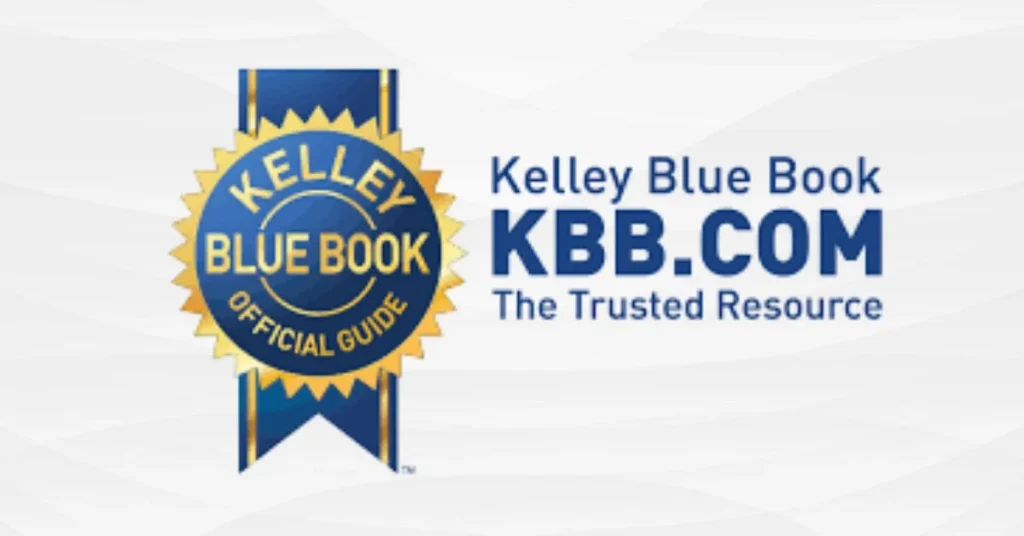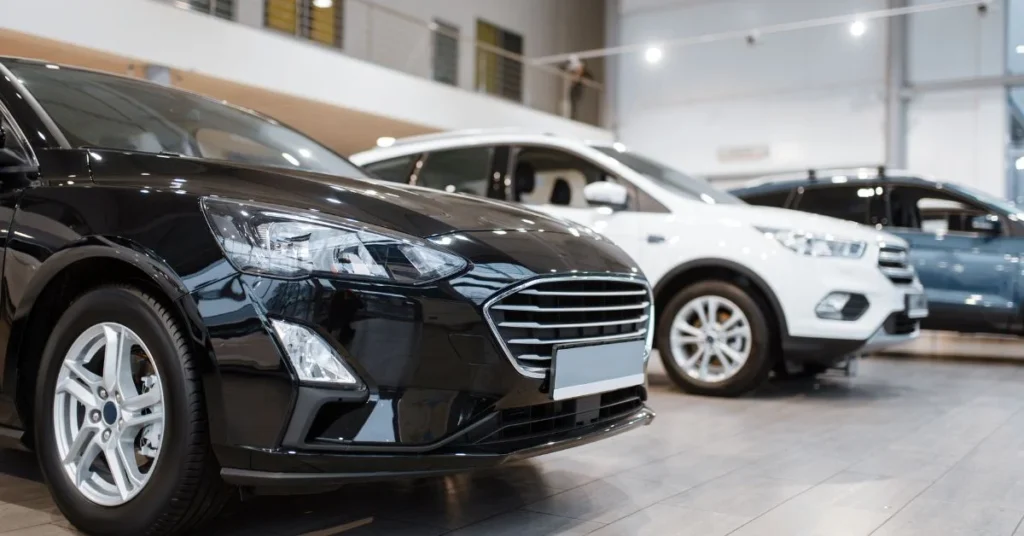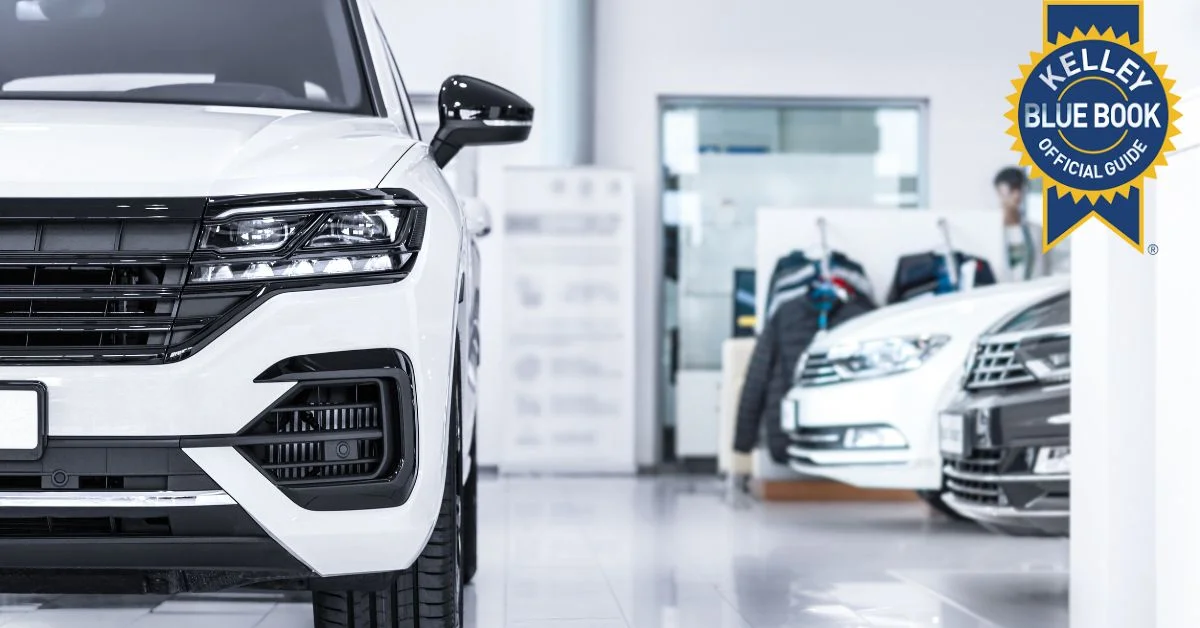What Is Kelly Book Value?
In the car industry, Kelly Book Value (or “KBB value” for short) is a reliable metric. One resource for determining a car’s true market worth is Kelley Blue Book. To be sure you’re getting a good bargain whether buying, selling, or trading, it’s helpful to know the Kelly Book Value. Since its founding in 1926, Kelley Blue Book has been a trusted source for car prices because to its data-driven methodology, practical insights, and impeccable track record of accuracy.
Why Kelly Book Value Matters
Whether you’re a first-time car buyer or a seasoned seller, using the Kelly Book Value as your pricing compass offers several advantages:
- Trust and Transparency: It’s an independent, third-party source that levels the playing field.
- Negotiation Power: Both buyers and sellers can use the data to support their price expectations.
- Market Insights: Reflects real-time conditions and trends.
Think of it as your personal pricing advisor in the car market.
| Value Type | Who It’s For | Purpose | Tips to Use |
|---|---|---|---|
| Private Party Value | Individual buyers & sellers | Estimate for person-to-person transactions |
– Use to set or negotiate fair sale price – Ensure vehicle condition is properly assessed |
| Trade-In Value | Sellers trading in to a dealer | What a dealer might offer for your car |
– Check trade-in value before visiting dealership – Improve condition for a better offer |
| Dealer Retail Value | Car buyers at dealerships | Price you’ll pay at a dealership |
– Compare with private party value to evaluate markup – Use KBB to negotiate a better retail price |
| Certified Pre-Owned (CPO) Value | Buyers looking for used cars with warranties | Price for manufacturer-inspected and certified used cars |
– Great for added peace of mind – Compare with standard retail to assess value of certification |
| Use Case | Steps to Maximize KBB Value |
|---|---|
| Buying a Car |
– Research car’s value on KBB before contacting sellers – Check different conditions (Excellent, Good, etc.) – Use KBB listings as proof during negotiations – Be cautious of prices way below KBB—could signal problems |
| Selling a Car |
– Compare private party vs. trade-in values – Clean, repair, and maintain vehicle for better rating – Show potential buyers your KBB report to build trust – Consider using KBB Instant Cash Offer if available |
How Kelly Book Value Is Calculated
Kelley Blue Book considers a variety of factors to determine a vehicle’s value:
- Make, Model, and Year
- Trim Level and Features
- Mileage
- Vehicle Condition
- Market Demand in Your Region
- Historical Trends and Seasonality
It uses algorithms that pull from auction results, dealer sales, and private party transactions to give you a fair estimate. That’s why the Kelly Book Value can vary depending on how you plan to buy or sell—retail, private party, or trade-in.
Types of Kelly Blue Book Values
When checking a vehicle’s value, Kelley Blue Book provides several distinct pricing formats:
1. Private Party Value
The amount you can expect to pay or receive in a person-to-person sale.
2. Trade-In Value
What a dealership might offer you when you trade in your vehicle.
3. Dealer Retail Value
The price you can expect to pay when buying from a dealership.
4. Certified Pre-Owned (CPO) Value
Reflects the price of a manufacturer-certified used car, usually including warranties and inspections.
Each type has its use case—so make sure you’re comparing the right one based on your situation.
How to Use Kelly Book Value When Buying a Car
Buying a used car? Here’s how to make the Kelly Book Value work in your favor:
- Research Before Visiting: Know the fair market value of the car you want.
- Compare Different Conditions: KBB allows you to select vehicle condition (Excellent, Good, Fair, etc.).
- Use It as a Bargaining Tool: Show sellers the KBB listing to negotiate a better price.
- Look for Red Flags: If a deal is way below KBB value, the car might have hidden issues.
Pro Tip: Use KBB’s VIN search for a more accurate estimate on a specific vehicle.

How to Use Kelly Book Value When Selling a Car
Selling your car? Maximize your return with these strategies:
- Check All Value Types: See how much you could get via private sale vs. trade-in.
- Clean and Repair: Boost your car’s condition to raise its KBB value.
- Be Transparent with Buyers: Showing your KBB estimate builds trust and speeds up the sale.
Example: A 2018 Honda Civic in good condition with 60,000 miles might have a private party value of $15,000 and a trade-in value of $13,000.
Limitations of Kelly Book Value
While the Kelly Book Value is highly respected, it’s not perfect. Be aware of these potential limitations:
- Lag Behind Local Trends: Hot cars in your zip code might fetch more than the KBB value.
- Doesn’t Consider Mods: Custom upgrades or unique features may not be reflected in the estimate.
- Only an Estimate: Final sale price can vary due to buyer/seller urgency, negotiation skills, or additional warranties.
Consider pairing KBB with other tools like Edmunds or NADA for a more complete picture.

Conclusion
If you want to buy an automobile, knowing its Kelly Book Value is crucial. Whether you’re a buyer or a seller, it gives you the power to make informed decisions using facts and openness. Put some thought into your scenario and choose the appropriate value type—don’t just wing it.
FAQs
What is the difference between Kelly Book Value and market value?
Kelly Book Value is a calculated estimate based on historical data and market trends, while market value is the price a buyer is currently willing to pay.
Is Kelly Blue Book value accurate?
Generally, yes. It’s one of the most trusted sources in the automotive industry. However, it’s best used as a guide rather than a guarantee.
Can dealerships offer less than Kelly Book Value?
Yes. Dealerships may offer less to account for profit margins, repairs, or other costs. Use KBB to negotiate, but don’t expect them to match it dollar-for-dollar.
How often does Kelly Blue Book update prices?
Prices are updated weekly to reflect changing market conditions and demand.









